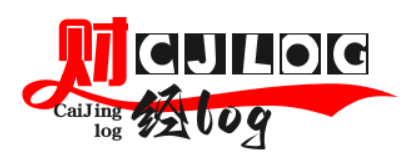期权费的组成部分

期权费是进行期权交易时需要支付的费用,它由多个组成部分构成。了解可以帮助投资者更好地理解期权交易的成本结构,从而做出更明智的投资决策。
期权费的第一个组成部分是期权合约的价格。期权合约的价格是由市场供求关系决定的,通常会受到标的资产价格、行权价格、剩余时间、波动率等因素的影响。不同的期权合约价格会有所不同,投资者在进行期权交易时需要根据自己的投资策略和风险偏好选择适合的期权合约。
期权费中还包括了期权的内在价值和时间价值。期权的内在价值是指期权在当前市场价格下的实际价值,它等于标的资产价格与行权价格之间的差额。而时间价值则是指期权的剩余时间对期权价格的影响,剩余时间越长,时间价值越高。投资者在选择期权合约时需要考虑内在价值和时间价值的组成部分,以便更好地评估期权的价格和潜在收益。
还包括了期权的波动率。波动率是指标的资产未来价格的波动程度,波动率越高,期权的价格也会越高。波动率是影响期权价格的重要因素之一,投资者在选择期权合约时需要考虑市场的波动性,并根据波动率的变化调整自己的投资策略。
期权费中还包括了交易费用和清算费用。交易费用是指在进行期权交易时需要支付给券商的佣金费用,而清算费用则是指交易完成后需要支付给结算机构的费用。这些费用虽然在期权费中所占比例不大,但也是投资者在进行期权交易时需要考虑的成本之一。
期权费是进行期权交易时不可避免的费用,它由期权合约的价格、内在价值、时间价值、波动率、交易费用和清算费用等多个组成部分构成。投资者在进行期权交易时需要全面考虑这些组成部分,以便更好地把握期权市场的风险和机遇,从而实现更好的投资收益。Investing in options can be a great way to diversify your portfolio and potentially increase your returns. However, it\'s important to understand all the costs involved in options trading, including the option premium.
The option premium is the price you pay to purchase an option contract. It consists of several components, including the intrinsic value, time value, volatility, and transaction costs.
The intrinsic value of an option is the difference between the current market price of the underlying asset and the strike price of the option. If the option has intrinsic value, it means that it would be profitable to exercise the option immediately. The intrinsic value is determined by the current market price of the underlying asset and remains constant until the option expires.
The time value of an option is the value of the option beyond its intrinsic value. It represents the likelihood that the option will become profitable before it expires. Time value decreases as the expiration date approaches, and it is influenced by factors such as the time to expiration, volatility, and interest rates.
Volatility is another important component of the option premium. Volatility measures the degree of price fluctuations in the underlying asset. Higher volatility leads to higher option premiums because there is a greater chance that the option will become profitable before it expires. Volatility is influenced by market conditions, economic events, and investor sentiment.
Transaction costs are also included in the option premium. These costs may include brokerage commissions, exchange fees, and regulatory fees. While transaction costs are typically a small percentage of the total option premium, they can add up over time and impact your overall returns.
In conclusion, the option premium is a critical component of options trading that consists of intrinsic value, time value, volatility, and transaction costs. Understanding these components can help you make informed decisions when trading options and maximize your potential returns. By carefully evaluating the option premium and its components, you can better manage your risks and take advantage of opportunities in the options market.







